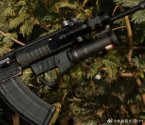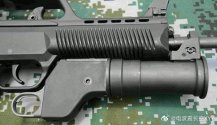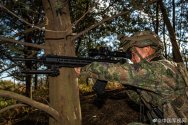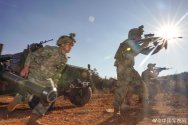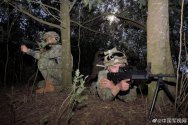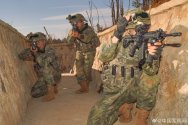TerraN_EmpirE
Tyrant King
The US Army is currently the only one in active procurement not the only one looking at it. As to the pushback it’s mostly vocal vets and those outside the active military. The US has a active gun blogger community.I believe the US is the only one currently planning on adopting the new caliber and even then, there are push backs against this within its own community.
The Marines were Observers of the program but have a smaller firearms budget than the US Army. They are a smaller service. I expect them to jump in once the Army and Sig have full production and the M5 and M250 have entered full rate production.It is really only the US Army. Even US Marines are sticking with 5.56. Though they opted for a higher sustained rate of fire and a bit longer barrel. 6.8 Fury is a really powerful cartridge. High sectional density and really high speed... From a 16-inch barrel, it has more energy than 7.62 NATO has from a 22 inch barrel. It has all that energy despite having just an 80% of the cross-sectional area of 7.62 NATO. It is certain it is going to penetrate any body armor.
Such a round comes with cost and weight penalties though. The XM5 is an expensive rifle that is also heavy. 80 ksi pressure makes a suppressor mandatory because of sound, flash and recoil.
Combined with the fire control system, it is a return to the "every soldier is a marksman" mentality. We will see how it will work. Too early to say anything.
For the moment both the US DOD is still predominately 5.56 and that’s likely to remain for sometime as the tool up and build out continues. Farther 5.56x45mm will remain. In active procurement in the US DOD even after M5/M250 IOC.
As to other Nations Australian Land 159 Tranch 2 is looking at adopting the same caliber it’s just a question of configuration. They have basically a repeat of NGSW with True Velocity offering their polymer cased 6.8x51mm fired from Thales rifles
vs Sig partnered with Aquaterro to offer M5 and Fury.
Cost wise most of the money is going to establish the infrastructure. Tooling up of the factory final design changes, construction of ammunition plants.
The truth of industrial manufacturing is the more you make the lower the cost per unit. Once the infrastructure is laid and production is at full rate it’s likely that other states will start taking more of an interest. Commercial Sig Fury is almost impossible to get today because of the small number of makers with most of it being targeted to the Army. Where as 5.56x45mm NATO is at this point beyond well established. With plentiful commercial supply. If The UK, France or Germany chose to adopt it they would want to establish their own indigenous manufacturing and supply chain. That’s not something that you can do overnight especially as it would need to turn out at a production rate of hundreds of thousands if not millions per batch to fill armories and establish an effective distribution back stock. Germany among nato states has been notorious for not restocking supply to it’s military at the cost of readiness. As such they are in the least position to shift to a new caliber.

